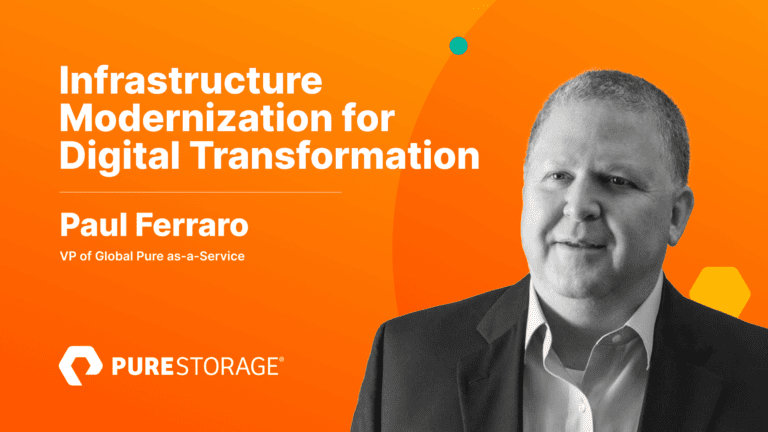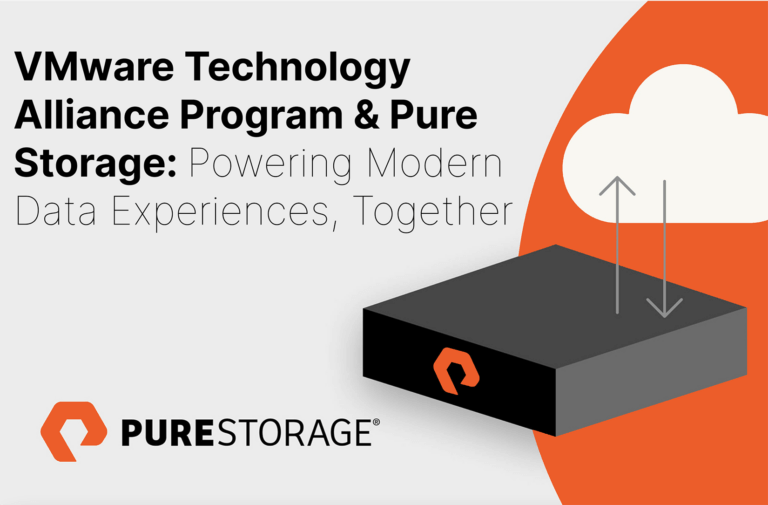This article is coauthored by Alexandra Zagury, VP Partner Managed & as-a-Service, Cisco Global Partner Organization.
Infrastructure modernization is a fundamental aspect of digital transformation. But to an already stretched IT staff, the myriad of choices can seem overwhelming. Innovation is happening so fast, you can’t help but wonder if you’re missing something critical that will leave your organization vulnerable, slow, and uncompetitive.
Operational Diligence
Operational risks should be top of mind when designing new infrastructure on which to grow your business. Insufficient allowance for future needs, predictable and otherwise, may leave you vulnerable to the risk of compromising your original architecture and modernization blueprint. When operating environments inevitably change, you could find yourself repeatedly exhausting available resources in a cycle of ongoing course corrections for future needs.
Without subscription services, your most likely answer is to try to do all this with the staff you have. And that only puts you further behind—exactly opposite of what you are trying to achieve. Ideally, you want a model that enables innovation and creates a continual platform for change. Otherwise, the operational aspects of IT can become a never-ending struggle. But the right managed services mitigate that risk and allow you to remain true to your engineered design and roadmap.
Procurement Simplicity
Rearchitecting legacy infrastructure can feel like grocery shopping on an empty stomach. You envision needing to buy everything:
- Cloud-native? Of course. We need to support DevOps and continuous delivery.
- Data protection? Belts and suspenders, please. We need half a dozen solutions to cover all our bases.
- Containers? Absolutely. Kubernetes can accelerate our application deployment.
- Standard APIs? Can’t live without them. We need the ability to integrate new functionality into our business.
- High availability? Across the board, please. We run 24×7 and cannot afford disruption.
- Management tools? We’ll need several given the complexity of our environment.
Suddenly, your shopping cart is filled with parts and processes, tools, and recipes, and somehow, it’s all supposed to work together as a seamless hybrid-cloud infrastructure?
Perhaps we should really be talking about IT simplification.
Uncomplicating the Inherently Complicated
How do you deploy a state-of-the-art, hybrid-cloud infrastructure that supports today’s business needs, enables agility and flexibility, and reduces future business risks?
There are really four parts to this question:
- What functionality is required?
- How can you make it simple?
- Can you avoid technical debt?
- How do you minimize the cost?
Let’s take a look at what’s really needed.
Hybrid-cloud Functionality
Your hybrid-cloud infrastructure should be both efficient and future-proof. It should leverage AI-based automation to respond to common needs, replicate tasks, and free up valuable resources. It should quickly adapt to support changing business requirements, scaling up and down as needed to deliver the performance to run your most challenging workloads regardless of where you run them. And it should allow you to upgrade any layer of your infrastructure, non-disruptively.
It’s imperative that your infrastructure be a well-guarded haven, protecting your data from rampant ransomware and cyberattacks. This means it should contain multiple levels of security and encryption to protect business operations, as well as make it easy to back up and rapidly restore your data from anywhere across a multi-cloud landscape.
Software-defined Simplicity
Making all that as simple as possible is a balance between integration vs. flexibility, control vs. agility. All layers of your infrastructure—compute, storage, and network—should be software-defined so that every tier should be centrally operated and orchestrated across on-prem and cloud environments.
But each layer should be discretely provisioned independently of each other. Growing capacity in one layer should not require a forklift upgrade of the entire system. Although independently operated, all layers of your infrastructure should be holistically managed, sharing a common, intelligent management interface so you can direct and provision each layer from a single pane of glass.
Avoid Introducing Technical Debt
The goals of any modernization project should include delivering business outcomes—without creating additional technical or human-rendered services and automation that have ceased to add value, and instead, continue to consume scarce IT resources. It is possible to inadvertently create a pattern of rework for your IT team by straying from the original design, even if your purpose was to initially shorten the project.
In the long term, technical debt accumulates, making it harder to address and retire. Instead, the same resources could be better applied toward innovation and building a competitive advantage for your business. The last thing you want to do when modernizing infrastructure is to compromise the architecture you carefully defined.
Lowering Total Cost of Ownership
IT Infrastructure is one of the most expensive capital assets and the hardest to control. Not only must you deliver a stable, agile, secure infrastructure, but you’re also asked to do so at lower costs with an ever-leaner IT staff.
This is one of the main drivers of adoption of subscription services. According to ESG¹, over half of all organizations that survived last year were adopting a consumption-based infrastructure model. It just makes sense. Pay for only what you use and never get caught with insufficient capacity to support your business.
When the objective is to automate everything, the absence of a subscription model risks compromising the integrity of your operating environment. But when you consume infrastructure as a subscription, instead of investing in a resource-intensive management and maintenance program, you invest in service level agreements (SLA) designed to meet your unique and ever-changing requirements.
Putting It All Together: Reduce Complexity with FlashStack as-a-Service
FlashStack as-a-Service is the first unified subscription model designed right into a full-stack infrastructure. One subscription. One bill. Pay as you go, for all your storage needs. For a full-stack hybrid-cloud experience, customers and partners can choose Cisco, hybrid cloud, and Pure FlashStack as-a-Service. The combined offer is a key differentiator in the marketplace and allows for integrated billing, metering, and support for the partner and end customer. Grow when and where you need to. Nothing could be simpler.
FlashStack as-a-Service supports FlashStack®, the high-performance, software-defined hybrid-cloud infrastructure from Cisco and Pure Storage®. FlashStack offers all the functionality we’ve discussed and is managed by Cisco Intersight, a cloud-based management solution for both your infrastructure and your subscription.
That’s correct! Complete observability of infrastructure operations and economics from a single console.
Powerful yet simple.
Learn more about FlashStack and FlashStack as-a-Service.
![]()






